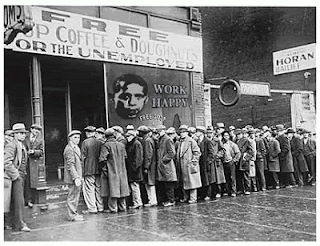In live situations, and similarly in
martial arts, we learn by repetition and mileage, repeating the task again and
again. Try to recall how difficult the first attempt to ride a bicycle was.
More than a decade ago I was introduced to
Tai Chi. How difficult it was to understand the concepts that are so far away
from our (Western) ones. On top of it my body coordination ability was proving
difficult, remembering the sequences was even harder. Grasping the idea took
some time, and so on. But, just like the process of learning to drive a car,
where at the beginning simultaneously completing the tasks seems so difficult,
patience is the key. The improvement is gradual and within time the steps are
deeply ingrained in you. With no effort you drive a car, ride a bike or perform
Tai Chi with calm and relaxed mind.
The beginner of one of five major styles of
Tai Chi, the Yang style, was Yang Lu Chan (end of the 18th century - 1872). In
his youth he had learned another Tai Chi style still in use today from the Chen family. At those times, the knowledge of the art was kept in the families not
to be revealed to others and carefully transferred only within family. Yang was
an outside apprentice, for which he was treated unfairly. But, being persistent
he stayed and persevered in his practice. A story tells that one night, he was
awakened by the sounds of hen and ha in the distance. He got up and traced
the sound to an ancient house. Peeking through the broken wall, he saw his
master Chen teaching the techniques of grasp, control, and emitting jīng to his
sons in coordination with the sounds hen
and ha. This knowledge gave young
Yang a new perspective to control and to steer the opponent with great success.











